If you love the taste of kimchi, then you would definitely love napa cabbage.
Also known as Chinese cabbage, this plant is perfect for growing when many other leafy green give up.
It grows in USDA hardiness zones 4 to 9 depending on the variety.
Moreover, you can grow this vegetable as cut and come again leafy green or a tight, compact head that can be up to seven pounds in weight at maturity.
It is important to note that napa cabbage is extremely tender in comparison to the traditional variety and has a milder flavor.
You may find that you can easily use it in places where green cabbage does not work.
Keep on reading to learn more.
Napa Cabbage
One of the fun things about this cabbage is that people in different regions call it by different names.
For instance, people in the U.S. call it napa cabbage, while in most other English-speaking areas, people call it Chinese cabbage.
However, it is also known as celery, vinter cabbage, or pe-tsia.
The word ‘napa’ is derived from a Japanese word with means white vegetable.
While in Korea it is called beachu and is used to create kimchi.
In Mandarin Chinese, this veggie is referred to as dàbáicài.
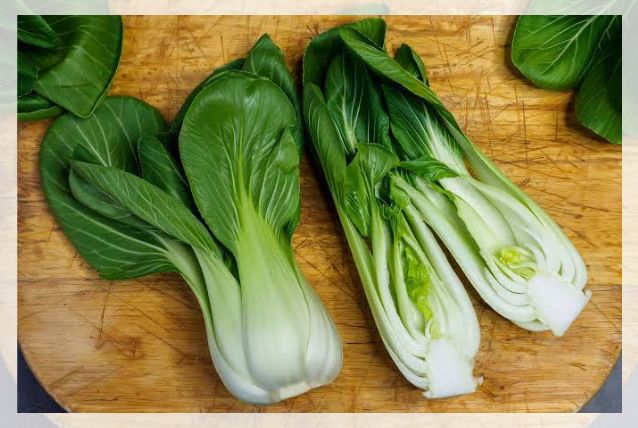
In most cases, this plant is a biennial, however, you can also choose to grow this plant as an annual as the plant turns tough and goes to seed in its second season.
Moreover, each plant can grow to about two feet tall and 18 inches wide upon maturity, though this can depend on the cultivator.
There are two types of Chinese cabbage:
- loose leaf life ‘Chirimen Hakusai’
- heading types like ‘Green Rocket’
These are often known as Michihili types.
Learn more about Growing and Planting Red Cabbage here.
Growing Napa Cabbage
This cabbage will need a narrow temperature range of about 50°F to 80°F. Anything below or above this temperature can cause your plant to bolt.
This means that spring and fall are the best time to grow napa cabbage.
When you directly seed the plant in the fall, it tends to be the best and most healthy method for harvest.
In case you have a forecast of a temperature drop, make sure to cover your plant with a cloth or a paper bag.
However, in cases of extreme weather fluctuation, you can choose cultivators that are resistant to bolting.
It is important that the soil should be well-drained, with a pH of about 6.0 to 7.5.
Moreover, you will need to make sure that the soil does not dry out completely, make also make sure that is does not become waterlogged either.
To improve soil retention and drainage, you will need to add compost to the soil before planting napa cabbage.
Furthermore, Chinese cabbage will need a side dressing about halfway through the growing season to meet its nutritional needs.
While you can also choose to grow napa cabbage in a container. Make sure to choose a container that is at least nine inches across and equally deep and filled with potting soil.
Cultivators to Choose from
Though you can always check in with your local extension to see which cultivators are growing the best in your region, you can always check the following options regardless of where you live:
Barrel Head: This is a hybrid cultivator which is massive and it is a heading type.
It can have heads that can weigh up to five pounds each and reach 14 inches tall.
The outer leaves are medium green while the inner ones tend to be with white ribs.
Not only does it resist bolting, but it also resists diseases like mildew and clubroot as well.
You will need to plant them a bit further than the typical cabbage plant so that they can stretch and grow to full size.
It is important to note that they can mature in about 75 days.
Emiko: This one is another hybrid type with outer leaves of pale green while the inner leaves are cream, both with white ribs.
Its head can grow to about 10 inches tall.
Moreover, this cultivator is bolt resistant and resists clubroot, black leaf spot, and Fusarium yellow.
This plant can mature in about 65 days.
Fun Jen: This one is an heirloom, a loose-leaf type that matures in about 45 days.
What’s more, is that you can also cut a leaf here and there and new ones will replace them.
Moreover, the leaves tend to be green with thick, white ribs, and the plant can grow to about 10 inches tall.
This variety is resistant to bolting.
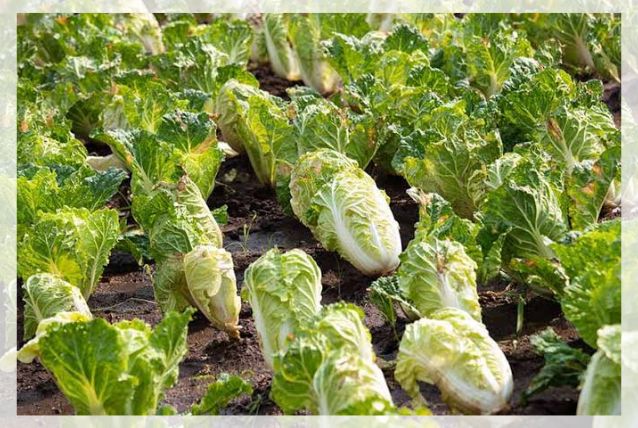
Green Rocket: Green rocket is another massive variety and their heads are thinner than barrel heads.
However, they are taller and can weigh up to four and a half pounds when they mature.
Its leaves are especially sweet and the plant matures in about 70 days.
It is important to note that this heading hybrid will do well in summer and colder temperatures than many other cultivators.
Jade Pagoda: This cultivator tends to have jade green outer leaves, and once you peel the heading type open, you can see sunny yellow leaves.
Furthermore, the plant has large, crispy, white ribs and is also resistant to bolting.
Each head can grow to about 10 inches tall in about 65 days.
Kyoto No. 3: This heirloom variety tends to mature in 80 days, so you can plan ahead.
However, it is worth the wait, and the heads are massive to seven pounds when they mature and are about 24 inches tall.
The leaves of this cultivator are light green on the outside and yellow on the interior, with bright white ribs.
This is a heading type that you can even pluck earlier or let grow to full size.
However, do not let the plant dry out as its head can crack and split.
Learn more about Garden Tulip Flowers: Plant Growth and Care here.
Other Cultivators to Grow
Some other cultivators are:
Maruba Santoh: This loose-leaf type is an heirloom variety that grows in about 30 days.
As with other such types, you can harvest the leaves of this cultivator as you need or you can wait for the whole 10-inch plant to mature and harvest all at once.
Moreover, this variety has a mild flavor and has tender green leaves with crispy white ribs.
Michihili: This one is a particularly pretty variety that has heavily wrinkled green leaves and bright white ribs.
While the interior of this plant is extremely tender and pale yellow.
The heads of michilili are 10 inches tall and tend to grow more compactly in cooler weather that matures in about 75 days.
However, in warmer weather, this plant can mature more quickly and the heads are looser.
If you want to make kimchi, this one is the best one to have to make.
Monument: If you live in an area with cooler or warmer temperatures, then a monument is a hybrid that you can grow easily.
The heads of this plant are huge, about four pounds each, and can stretch to about 12 inches tall.
Moreover, this heading type tends to grow upright and compact, like green monuments in the garden.
The leaves on the inside are pale yellow and tender and mature in 70 days.
Pacifiko: With pal green and crisp leaves, this is the perfect variety to pickle or steam.
The inside of the plant is tender and pale yellow, and the heads are about 13 inches tall.
This plant tends to mature in 75 days. This cultivator is resistant to leaf spot, clubroot, Fusarium yellow, and tip burn and is slow to bolt as well.
Red Dragon: Red Dragon has bright violet heads and white ribs, while on the inside, the leaves are mottled violet and green.
The heads are massive and can grow to about 14 inches tall in 70 days.
However, the hybrid is prone to tip burn.
Learn more about Seeds and Plants: Their Importance here.
Growing Napa Cabbage from Seeds
To grow napa cabbage from seeds, you will need to sow the seeds in the garden after the last frost day passes away in the spring or 90 days.
However, if you don’t have 90 consecutive days, between 50 and 80°F in your area, you can start the seeds indoors for up to six weeks.
Do this before you want to plant them outdoors.
Where you plant napa cabbage seeds should receive at least 6 hours of sunlight each day.
It is important to note that this plant has the ability to tolerate brief frost, however, extended periods can lead to bolting.
While spring plants are especially susceptible to bolting.
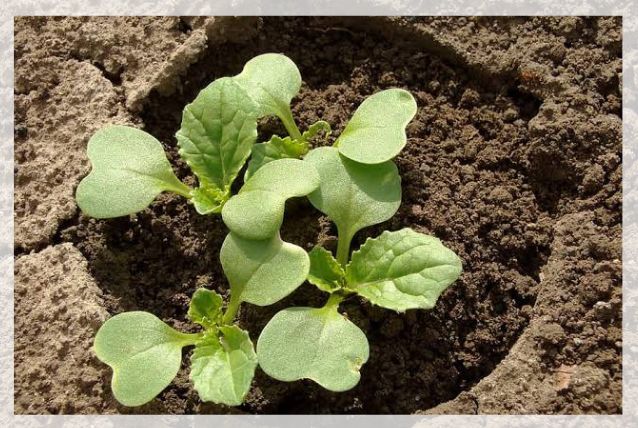
In zones 8 and 9, you can start the seeds in November in a greenhouse, hoop garden, or cold frame for a winter harvest.
Make sure to plant your seeds about a quarter-inch deep in the soil with enough compost.
Compost helps to improve drainage and water retention, so you can add it if you have soil that is a bit too much clay or an overabundance of sand.
Make sure that the soil pH is about 6.0 to 7.5.
Moreover, you should water well and keep the soil moist until the seeds begin to germinate.
You can expect them to germinate in 4 days only, though it can also take 7 days, in some cases.
Plant the seeds about 6 to 8 inches apart and thin them to 12 to 18 inches apart after the sport.
If you grow plants closer, they will have smaller, more favorable heads.
However, heads that you plant close together tend to have more diseases, so make sure to follow the above.
Growing Napa Cabbage from Seeds Indoors
In order to start the seeds of napa cabbage indoors, you will need to fill compostable four-inch pots with seed starting mix.
Many experts recommend using compostable pots as they are better for the environment than plastic.
Moreover, you will have an ease of transition for the plant as there will be less chance of transplant shock.
Then plant one seed per pot a quarter of an inch deep and water your seeds.
Place the pot in a locater there the seeds tend to receive about 6 hours of direct sunlight a day.
On the other hand, you can also provide them with supplemental lighting.
It is important to keep the soil moist so that it feels like a sponge.
Once the seedlings are about three inches tall and have a number of true leaves, you can transplant them.
However, make sure that the weather is favorable to your plants.
Growing Napa Cabbage from Transplants
If you have a short growing season, you can choose to grow napa cabbage from transplants.
You can have them ready and this will reduce the growing time by a month or more.
To transplant the plant, make sure to remove the seedlings from the container and place them in about 12 to 18 inches apart soil.
Make sure to amend the soil with well-rotted compost.
Then put them close together for small, more flavorful heads while further apart for larger heads.
Moreover, water the soil well after planting the transplants or seedlings.
Managing Pests and Diseases
Just like you find napa cabbage, delicious, there are a number of pests, fungi, and herbivores that prey on them.
Herbivore: Rabbits and deer find cabbage of all kinds to be favorites.
If you have either of them in your area, they will be coming for your plants.
Pests: Garden pests not only harm your plants but can kill the young seedlings or damage the leaves.
Moreover, they can also spread diseases from one plant to another. Some common pests are:
Cabbage Aphids: They will feed on your plants and prefer to eat the young leaves and stems of the plant.
In addition to the insect itself, your plant will show signs of infestation like yellow stippling, yellow leaves, or stunted growth.
You can deal with them just like you would deal with other aphid species.

Cabbage Loopers: If you notice ragged holes in the leaves of the cabbage, the most probable culprits are cabbage loopers.
These caterpillars can eat a huge amount of your crop. To control them you can use both organic pesticides and chemical pesticides.
Cabbage Root Maggots: These will lay eggs in the soil around the plant and maggots will emerge that will eat your plants.
As a result, your plants will wilt during the day while the margins of the leaves can turn purple.
As the infestation worsens, your plant will collapse and die.
To prevent them, you will need t till the soil well to expose the eggs and larvae a few weeks before planting.
Moreover, crop rotation is the key. You can also use floating row covers to prevent flies from landing and laying eggs on your plant.
If there is, however, infestation, you will need beneficial nematodes and a product that contains pyrethrum.
Some other pests are:
- cabbage worms
- cut worms
- flea beetles
- slugs and snails
Plant Diseases: Your plant may have diseases like black leaf spots, clubroot, fusarium yellows, tip burn, etc.
Harvesting and Preserving Napa Cabbage
An important thing to note is that in order to harvest napa cabbage, there is no judging by its size.
You can tell if a head is ready to harvest by feeling the plant. The head will feel solid and dense, which means you can harvest the plant.
However, it is important that you give your plant the required time to needs to grow completely and try squeezing the plant around that time.
Moreover, loose leaf types are ready to harvest as they reach your preferred size.
To harvest napa cabbage, use to knife to slice the plant off at the base, and remove the outer leaves before storing or using them.
For loose-leaf types, you need to use scissors to cut the leaves, as you want, or cut the entire plant off at the base with a knife.
You can preserve napa cabbage in the form of a pickle, ferment them, dehydrate, freeze, refrigerate, or place them in a root cellar.
To dry cabbage, arrange the leaves in layers and place them in a food dehydrator for 12 hours at 140°F. Make sure to turn the leaves every few hours.
In order to freeze your cabbage, blanch the leaves in boiling water for two minutes and place them in a bowl filled with ice water to stop the cooking process.
Then drain, dry, and place the leaves in resealable bags.
Press all the air, seal, and place the bags in the freeze. Your leaves can last up to a year when you process them this way.
Put them in the fridge, wrap the uncut, unwashed head in paper towels or a thin cotton towel, and put it into a plastic bag.
It is important to note that a head can last for two months in the fridge.
While in a root cellar, you will need to put them individually a few inches apart or on shelves.
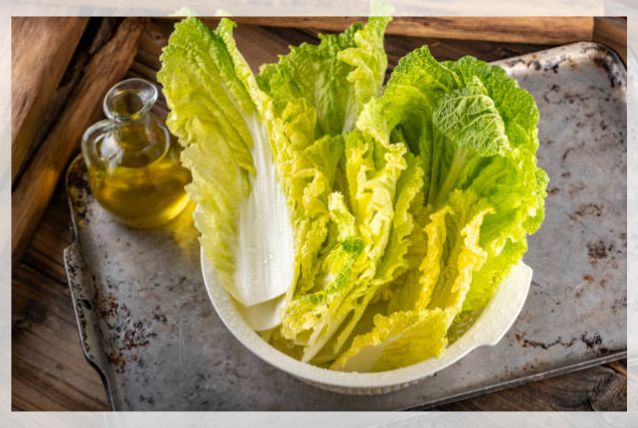
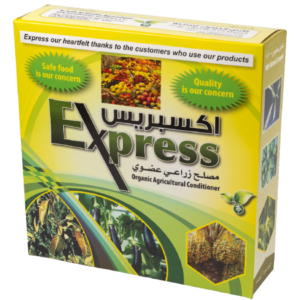




Leave a Reply